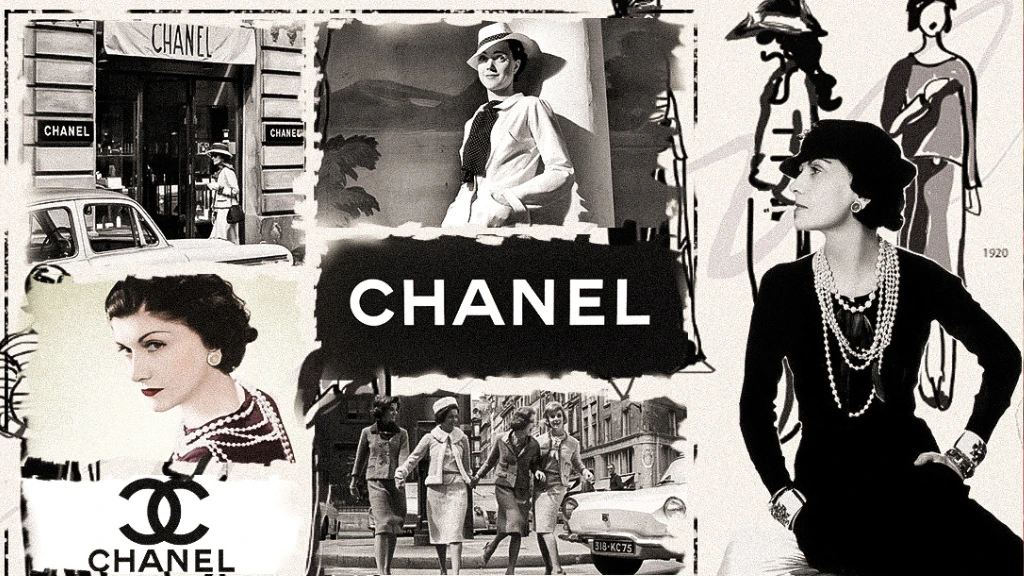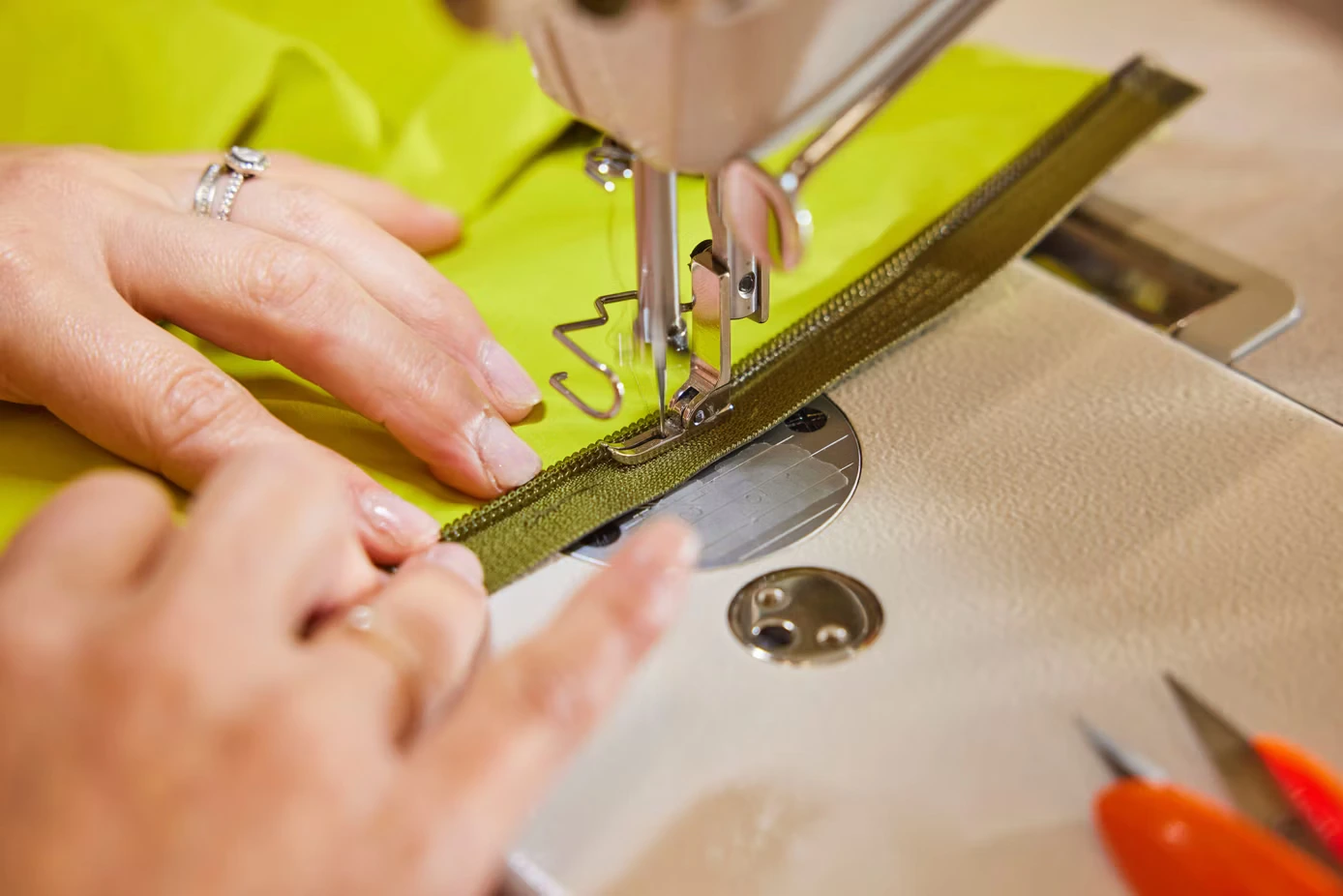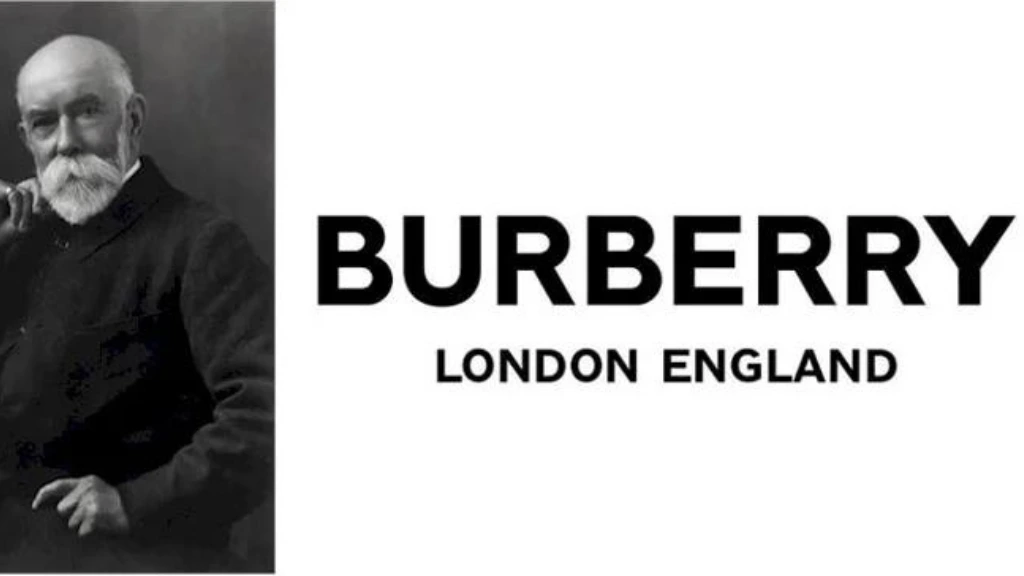Few names in fashion are as synonymous with luxury and sophistication as Chanel. For over a century, Chanel has defined what it means to be chic, offering the world some of the most coveted pieces in the realms of haute couture, fragrance, beauty, and accessories. From the invention of the iconic “Little Black Dress” to the enduring allure of Chanel No. 5, the brand has set itself apart as a symbol of timeless elegance, innovation, and feminine empowerment. Today, Chanel remains at the forefront of fashion, beloved for its ability to fuse tradition with modernity.
This blog will explore Chanel’s history, its unparalleled influence in the fashion world, the legacy of its founder Gabrielle “Coco” Chanel, the brand’s impact on the U.S. market, and its efforts toward sustainability and modern relevance.
You May Also Like: GAP: The Iconic American Brand Bridging Style, Comfort, and Everyday Wear
A Storied Legacy: Chanel’s Journey from the Beginning
The Chanel brand was founded in 1910 by Gabrielle “Coco” Chanel, an ambitious woman who transformed the fashion industry by breaking away from the rigid styles of her time. She opened her first millinery shop in Paris, where her chic hats quickly gained attention. But it was her radical approach to women’s fashion that truly set her apart. Chanel believed in freeing women from the constraints of corsets and overly ornate gowns, introducing designs that were both comfortable and stylish.
In the 1920s, Chanel’s designs became revolutionary. She introduced jersey fabric, typically used for men’s undergarments, into women’s fashion. The fabric’s flexibility and comfort were a far cry from the stiff, structured designs of the day. Her creation of the Little Black Dress in 1926—a simple, elegant black sheath—became an enduring fashion staple, proving that style need not be complicated to be sophisticated.
By the 1930s, Chanel had expanded her empire to include fragrances, and her debut perfume, Chanel No. 5, became one of the most iconic scents in history. Today, Chanel is synonymous with understated glamour, and its signature double C logo is recognized around the world.
Chanel’s Signature Style: Effortless Luxury and Innovation
Chanel’s designs are known for their emphasis on clean lines, simplicity, and luxurious fabrics. Even as trends shift with time, the house of Chanel stays true to the ethos Coco herself championed: that fashion should be practical and timeless. Chanel’s collections, whether they are haute couture or ready-to-wear, embody sophistication without excess.
1. The Chanel Suit: A Revolution in Women’s Fashion
One of the most defining pieces in Chanel’s catalog is the Chanel suit, introduced in the 1920s and redefined in the 1950s. The classic two-piece set, typically featuring a boxy jacket and a skirt, challenged the traditional idea of women’s wear by combining masculine tailoring with feminine elegance. It became the go-to look for modern, powerful women, including Jacqueline Kennedy Onassis and Princess Diana, who favored the suit for its comfort and elegance.
The Chanel suit remains a staple in the brand’s offerings today, with slight modern updates over the years, but its essence—its balance of elegance and practicality—remains unchanged.
2. The Little Black Dress: A Wardrobe Staple
The Little Black Dress (LBD) is perhaps Chanel’s most famous contribution to fashion. When it was introduced, black was primarily reserved for mourning attire, but Coco Chanel elevated it to a new level of sophistication. The LBD could be dressed up or down, worn in any setting, and was accessible to women of all classes. Today, the LBD is an essential item in women’s wardrobes around the world, a testament to Chanel’s belief in simple, effortless elegance.
3. The 2.55 Bag: Iconic Accessory
In 1955, Chanel introduced the 2.55 handbag, named for the date of its release. This quilted, rectangular bag with a chain strap was a game-changer for its time, offering women an alternative to the clutch, which had to be carried in hand. The 2.55 allowed women to carry a bag over their shoulder, making it both functional and fashionable. The bag remains one of the brand’s most sought-after pieces, with slight variations introduced over the decades, but its timeless appeal is undeniable.
Chanel in the U.S.: A Lasting Impact on American Fashion
Chanel’s influence in the United States began in the early 20th century and has grown exponentially over time. The brand’s commitment to elegance, quality, and innovation resonated with American women seeking refined and modern styles. In particular, Chanel’s designs appealed to women in the workforce during and after World War II, when practicality became as important as style.
In the post-war years, Hollywood stars like Marilyn Monroe, Grace Kelly, and Audrey Hepburn wore Chanel’s clothing and fragrances, helping to solidify the brand’s status in the U.S. as a symbol of luxury and class. Monroe famously declared that she wore nothing to bed but a few drops of Chanel No. 5, further fueling the perfume’s legendary status.
Chanel continues to have a significant presence in the American fashion landscape, with flagship stores in major cities like New York, Los Angeles, and Miami. Its appeal transcends generations, as millennials and Gen Z shoppers seek out vintage Chanel pieces while also embracing the brand’s contemporary collections.
Chanel’s Sustainability Efforts: A Commitment to the Future
In recent years, the fashion industry has faced increasing pressure to adopt more sustainable practices, and Chanel has responded by taking steps to address its environmental impact. While luxury fashion has often been criticized for excess and waste, Chanel has made strides to ensure that its iconic pieces are produced in a way that aligns with modern values.
1. Sustainable Materials and Production
Chanel has committed to using more sustainable materials in its collections, particularly in its beauty and fragrance lines. The company has also invested in alternative materials, including green chemistry innovations and eco-friendly packaging, to reduce its environmental footprint. The brand is exploring biodegradable materials for its products and has promised to increase its use of responsibly sourced materials, particularly leather and textiles.
2. Craftsmanship and Longevity
One of the cornerstones of Chanel’s sustainability efforts is its focus on craftsmanship and the longevity of its products. Chanel pieces are designed and constructed to last a lifetime, encouraging consumers to invest in quality rather than fast fashion. This emphasis on creating timeless designs that endure over time is a natural fit for the luxury brand, aligning with a growing consumer demand for sustainable and ethically produced fashion.
3. Social Responsibility
In addition to environmental sustainability, Chanel is dedicated to social responsibility. The brand has pledged to improve working conditions for the artisans and suppliers who contribute to its collections. This includes investments in education and training programs to support the next generation of craftspeople, ensuring that the artistry and skill behind Chanel’s pieces are preserved for future generations.
The Modern Relevance of Chanel
Despite being over 100 years old, Chanel remains at the forefront of fashion innovation, adapting to the needs and desires of contemporary consumers while staying true to its classic roots. Under the creative direction of the late Karl Lagerfeld and now Virginie Viard, the brand continues to reinterpret Coco Chanel’s original vision in fresh, modern ways.
Chanel has embraced the digital age, utilizing social media platforms like Instagram and TikTok to reach younger audiences. The brand’s virtual fashion shows and online shopping experience offer a seamless blend of tradition and technology, appealing to consumers who expect both luxury and convenience.
Chanel also continues to resonate with new generations of fashion enthusiasts, offering iconic pieces that never go out of style. Whether it’s the modern woman’s quest for the perfect little black dress, a timeless quilted handbag, or a signature fragrance like Chanel No. 5, the brand’s ability to remain relevant and desirable is unmatched.
Conclusion: Chanel’s Enduring Legacy in Fashion
Chanel’s influence on the world of fashion is immeasurable. From revolutionizing women’s wear in the early 20th century to remaining a leader in luxury fashion today, the brand has never wavered from its core values of elegance, innovation, and timelessness. Whether in haute couture, fragrance, or accessories, Chanel continues to set the standard for what it means to be chic.
As the brand looks toward the future with a focus on sustainability and modernity, it remains as relevant today as it was when Coco Chanel first opened her doors. For fashion lovers in the United States and around the world, Chanel’s ability to blend the old with the new ensures that its legacy will endure for generations to come.










